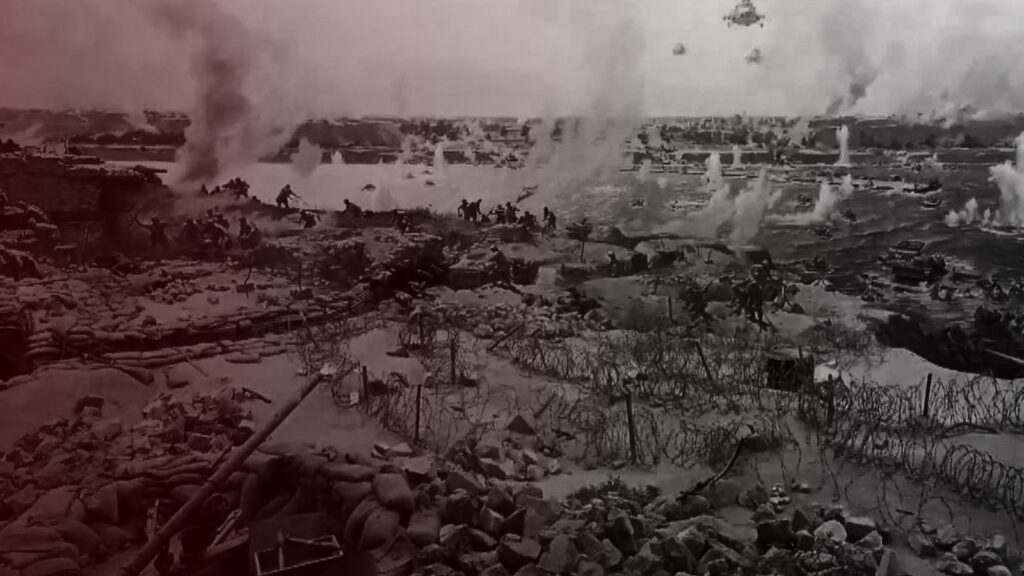It was supposed to be impenetrable, the steep, 21-metre (70-foot) wall of sand dotted with heavily armed strongholds—attempting to breach it, a suicide mission.
Or so the Israelis thought.
They calculated that the Bar Lev Line, a 150km (93-mile) sand embankment that stretched from the Gulf of Suez to the Mediterranean Sea, would take 12 hours to pulverise with explosives—enough time to send reinforcements.
But when the Egyptians came on October 6, 1973, they pounded it down in just three hours, using water pumps.
“A few minutes after 1420 hours, as the canisters began to belch clouds of covering smoke, our first assault wave was paddling furiously across the canal, their strokes falling into the rhythm of their chant, ‘Allahu Akbar…Allahu Akbar…’,” wrote Lieutenant General Saad el-Shazly, an Egyptian military commander at that time, in his 1980 account of the events titled The Crossing of the Suez.
“[Our] aircraft skimmed low over the canal, their shadows flicking across enemy lines as they headed deep into the Sinai,” el Shazly continued. “For the fourth time in my career, we were at war with Israel.”
The attack was timed with another in the north, a battalion of Syrian forces that launched an assault to take back the Golan Heights.
Israeli forces were aghast. Yom Kippur was being observed in the Jewish state and Ramadan elsewhere in the Middle East, but that did not deter the start of Operation Badr.
Riding high on the victory of capturing territory four times its size in the 1967 Arab-Israeli war, Israel never anticipated an attack like this.
This first battle spiraled into the bloody 19-day war known by several names: the October War, the Yom Kippur War, the Ramadan War, or the 1973 Arab-Israeli War.



